So my understanding is we cannot buy diamonds online that only look good on paper, we need to look at light performance images to get a sense of how a diamond will perform if we are not able to look at it with our own eyes.
In cases when there are light leakages - it's usually somewhat easy to explain if even one the stones' specs fall outside the ideal parameters, "oh the stone is cut a bit deep" or "table too large", "pavilion too steep" etc2
If the diamonds look really good on paper though, even fall within the ideal H&A specs, scores <2 w/ HCA, and we're talking about when the stats complement one another, e.g. crown/pavilion combo of 35/40.6 on a 56 table, not 34/40.6 on a 56 table (even though technically, 34/40.6/56 are still withing the ideal ranges), what are some possible reasons for the IS & ASET images to show light leakages?
In cases when there are light leakages - it's usually somewhat easy to explain if even one the stones' specs fall outside the ideal parameters, "oh the stone is cut a bit deep" or "table too large", "pavilion too steep" etc2
If the diamonds look really good on paper though, even fall within the ideal H&A specs, scores <2 w/ HCA, and we're talking about when the stats complement one another, e.g. crown/pavilion combo of 35/40.6 on a 56 table, not 34/40.6 on a 56 table (even though technically, 34/40.6/56 are still withing the ideal ranges), what are some possible reasons for the IS & ASET images to show light leakages?


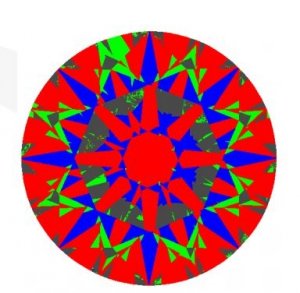
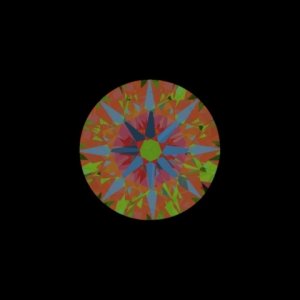
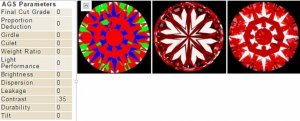
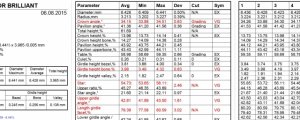
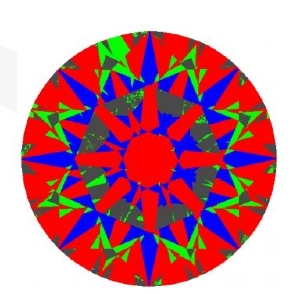


300x240.png)